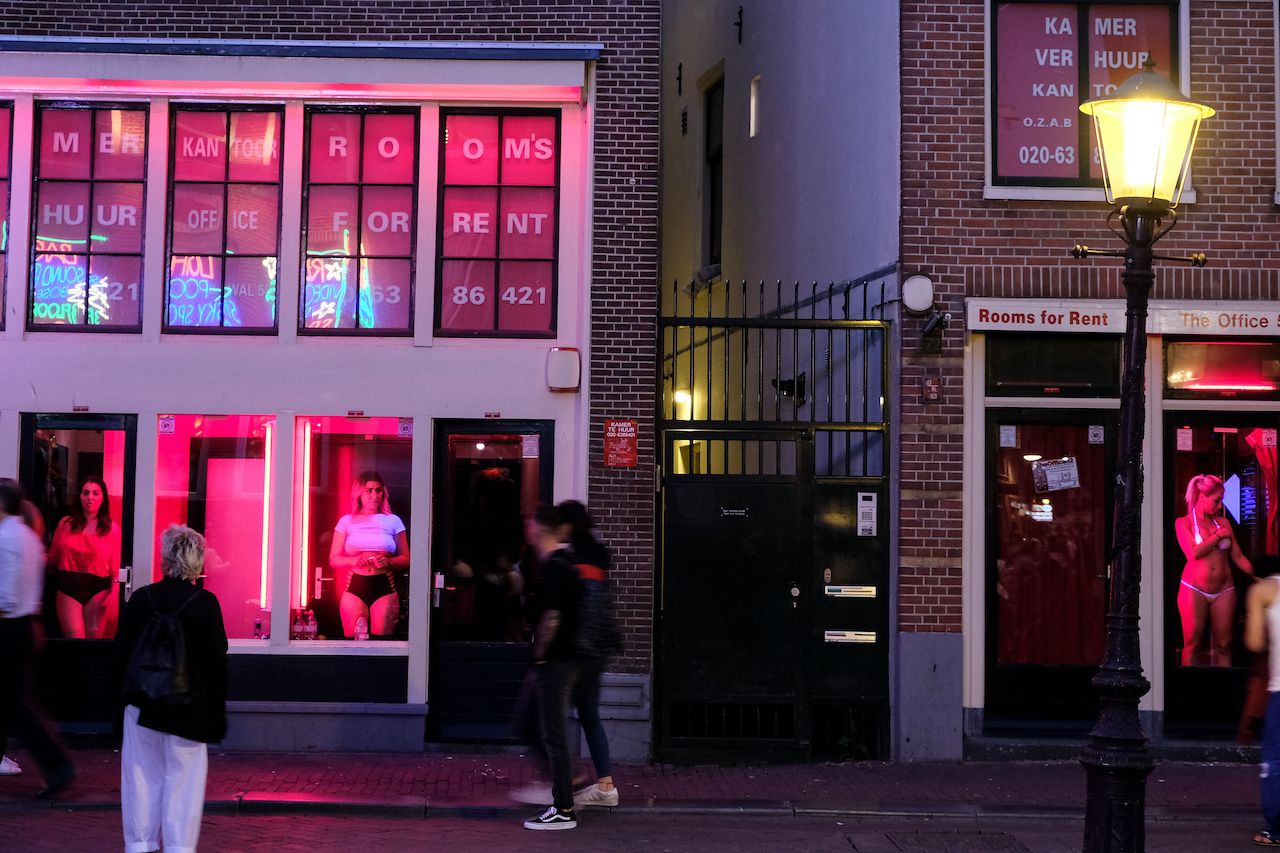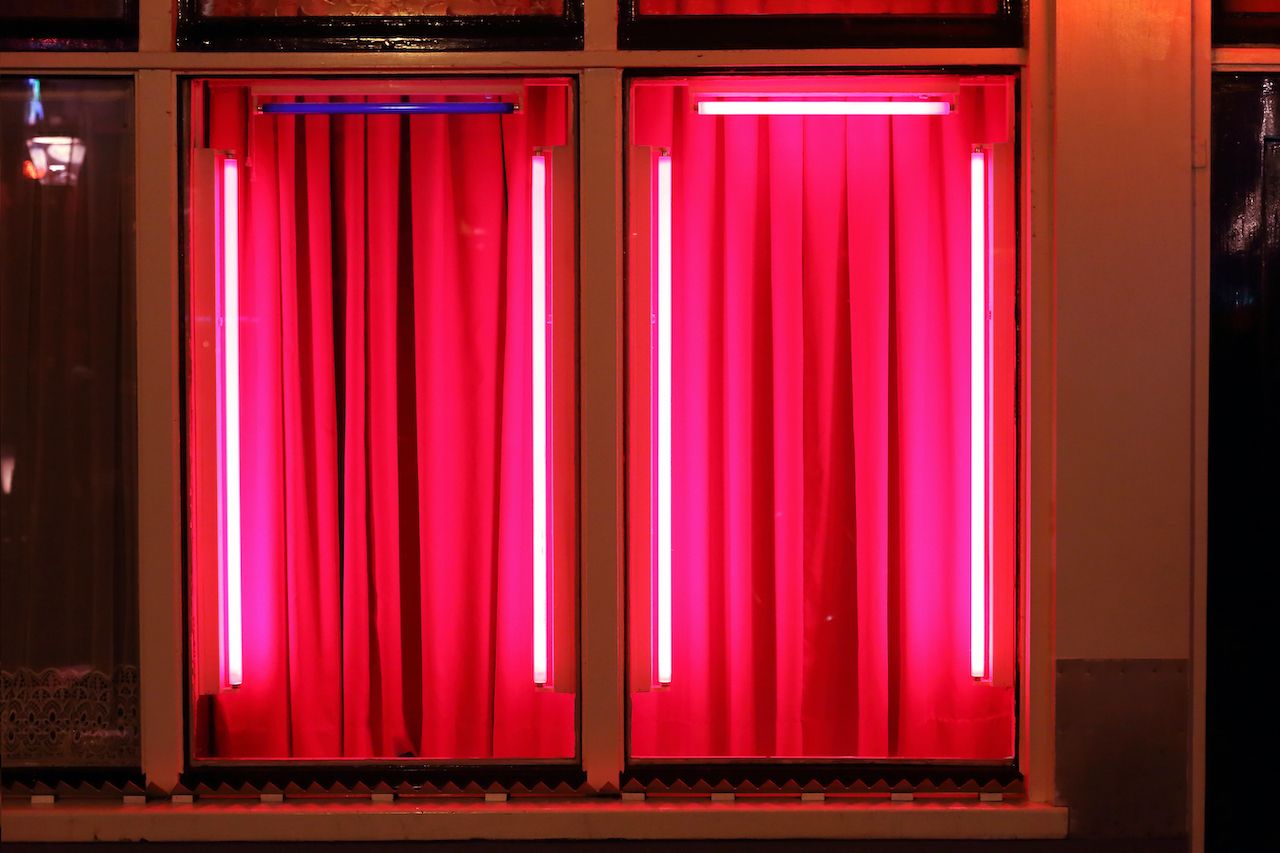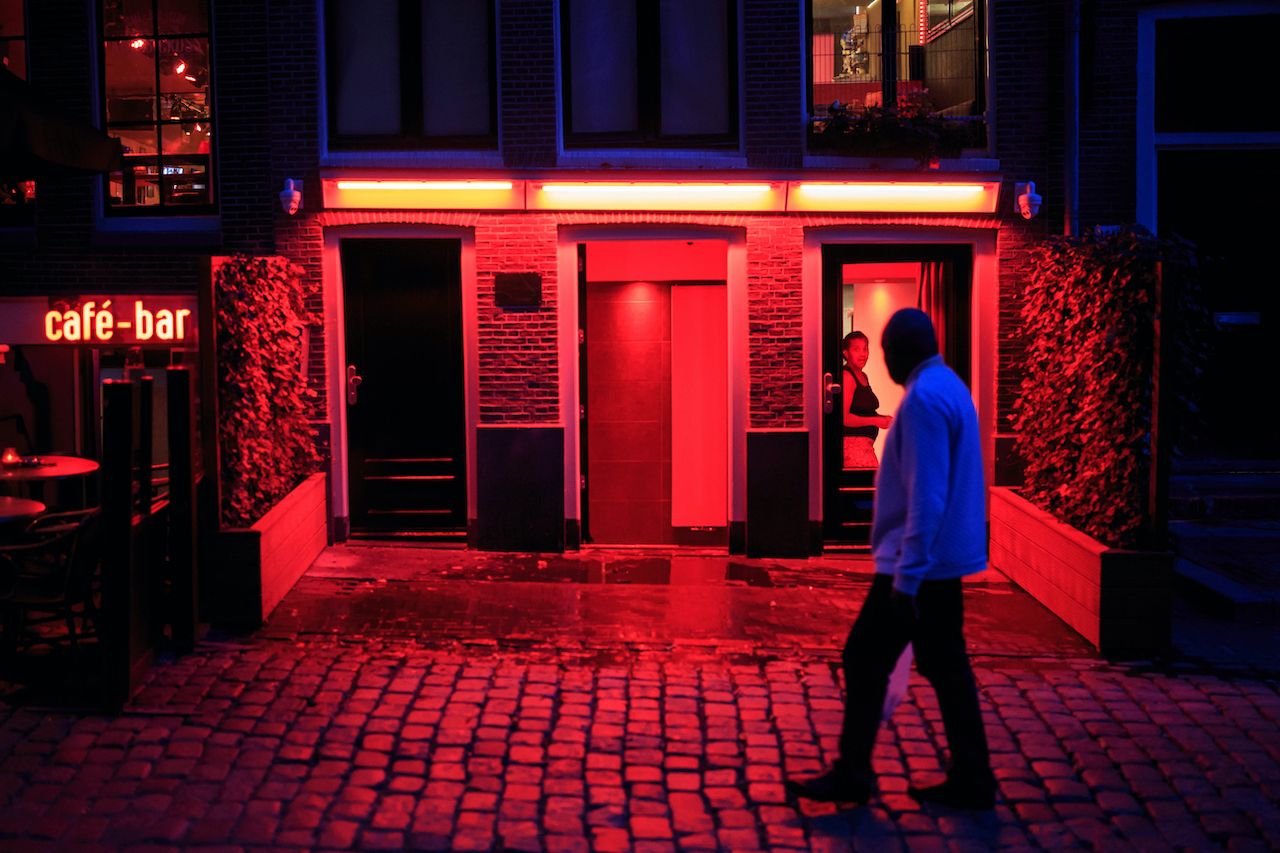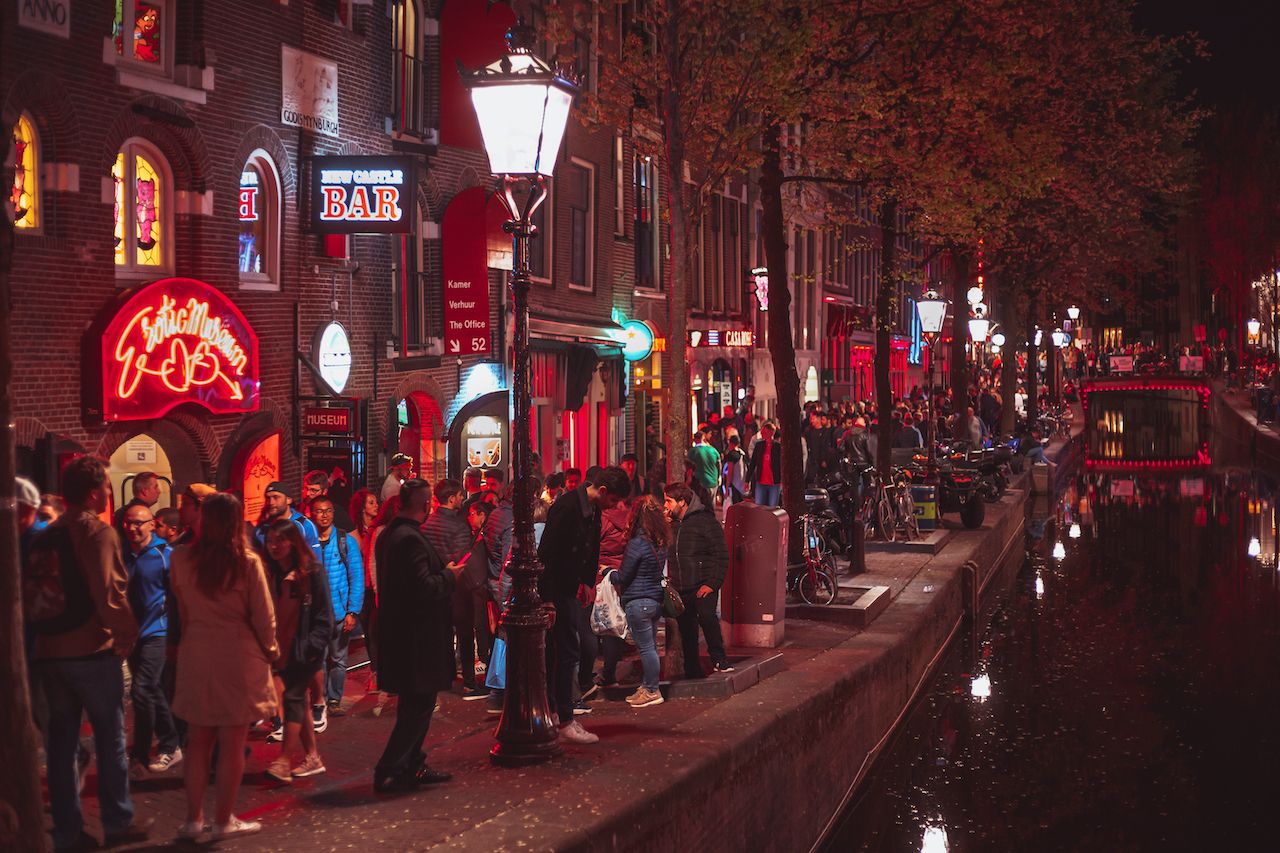“They say sex work is not normal,” Mary told me on Matador Network’s No Blackout Dates podcast, sounding both perplexed and disheartened. “But who decides what is normal?”
This tug-of-war between what’s normal and what isn’t characterizes some of the most important debates of our time. The “normal” is tolerated and encouraged, while the “abnormal” is outlawed and its practitioners shamed. In Amsterdam, famous for its positivity and liberalism, prostitution is slipping into the “abnormal.”





